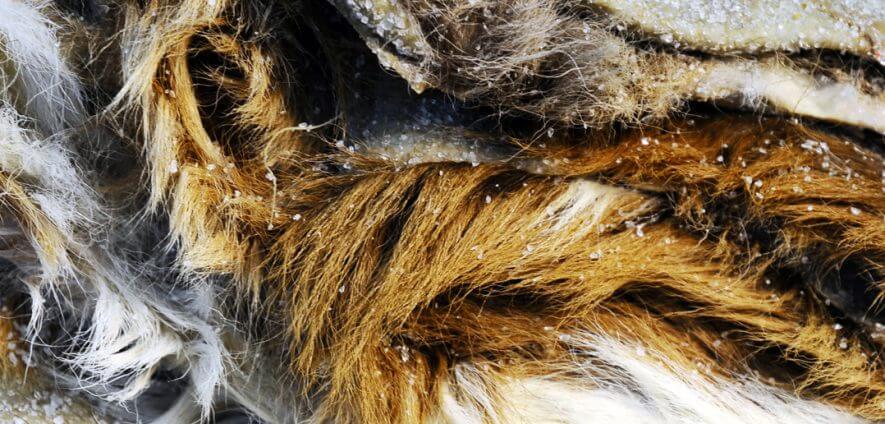Rising price trend for cattles at the end of 2016 and beginning of 2017. Quite to worry, as meanwhile customers claim for lower prices for finished leather: hence uncertain profits for tanneries. Not easy to figure it out either. According to tannery representatives, gathered in Milan at Lineapelle92, such trend seems to affect especially high quality raw materials. On the fair last edition, in September 2016, calves price trend was like that, and it would be bound to spread across. Why are prices rising? Some tanners argue that rising prices are due to suppliers aiming either to make up profits after a steady turnover, or keep prices high in order to offset currency volatility. For others such uptrend is due to potential shortage of raw materials, following bovine industry decreased turnover. Most people second that, although 2016 figures about bovine butchery in the major markets are basically steady (-0,4%); down in some areas( Oceania), up though in Europe( Germany, UK, Italy, The Netherlands, France) and USA. Price trend of tanning raw materials is also affected by major Asian buyers competitors, who have just started buying again. Last but not least, according to a trader from Veneto, macroeconomics issues: SouthAmerican giants crisis (first of all, Brazil and Argentina) and middle-east distress represent a further hindrance to meet consumption and, consequently, provision. Ultimately, as for bulls and large French leather, it has to be taken into account supplying competition between tanneries working for the automotive. Better scenario for sheep and goats instead: price trend is steady, despite a few fluctuations depending on where raw materials come from.










